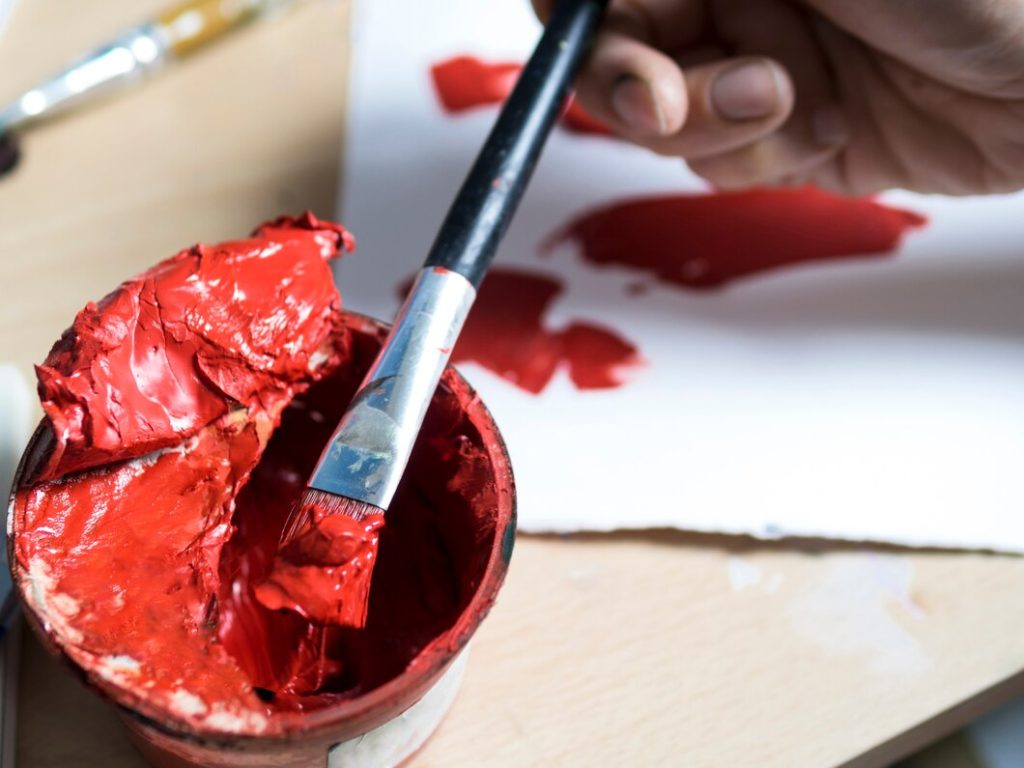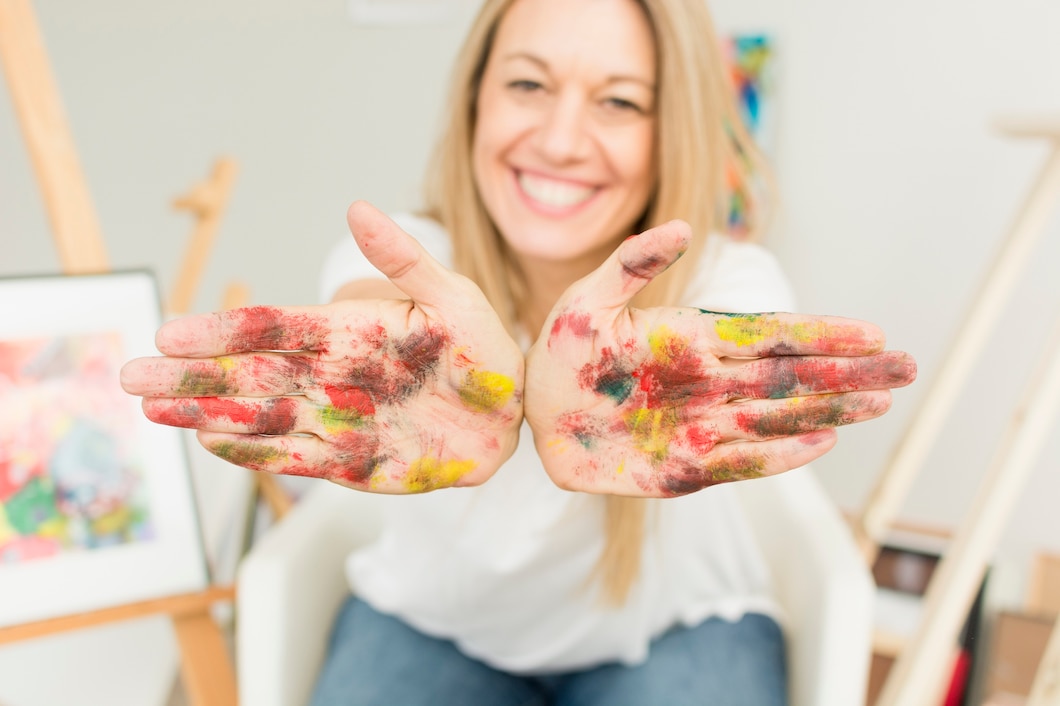Painting, as a form of artistic expression, has been valued throughout history not only for its aesthetic capacity but also for its benefits on emotional and mental well-being. The Studio Splatter, with its distinct splatter room in Atlanta, is the best place to unleash your imagination. In a world where stress and anxiety are common problems, the practice of painting can offer a refugee and an escape route. This article explores how art, specifically painting, contributes to improving mental health, as demonstrated by its characteristics and benefits.
Benefits of Painting for Mental Health
The activity of painting not only allows for creative expression but also offers several benefits for mental health. Here are some reasons why painting is a powerful tool for well-being:
- Stress Reduction: Painting can be an effective way to release tension. The mindfulness required to create art allows individuals to disconnect from daily worries and immerse themselves in the present moment, resulting in a significant reduction in stress levels.
- Mood Improvement: Artistic activity is associated with the release of endorphins, neurotransmitters that enhance feelings of well-being. Painting can elevate mood and combat mild depression.
- Development of Self-Expression: Painting gives individuals the opportunity to express feelings that they may not be able to verbalize. This self-expression is especially useful for those facing emotional challenges, as it allows them to channel their emotions in a healthy way.
- Stimulation of Creativity: The practice of art stimulates creative thinking, facilitating new ways of problem-solving and thinking. This skill benefits not only the artistic realm but can also be useful in daily and professional life.
- Enhancement of Concentration and Attention: Painting requires focus and concentration, which leads to better attention in other areas of life. Disconnecting from external noise enhances concentration and mindfulness..
- Social Connections: Participating in group painting activities, such as workshops or painting parties, fosters socialization and the development of relationships. This is crucial for mental health, as social interactions are fundamental to well-being.
Characteristics of Painting as a Therapeutic Tool
To understand how painting can improve mental health, it is important to consider the specific characteristics that make it effective as a therapeutic tool:
Characteristics of Therapeutic Painting
- Accessibility: Anyone, regardless of their artistic skill, can participate in painting activities. No prior experience is required to enjoy the benefits of creating art.
- Variety of Mediums: Painting can be done with a wide range of materials such as watercolors, acrylics, oils, or even digital painting. This allows individuals to choose what they like best and what suits their personal style.
- Promotion of Autonomy: Painting can empower individuals by giving them control over their creative process. They can make decisions about what they want to create, fostering a sense of autonomy and self-confidence.
- No Mistakes: In painting, there are no mistakes. This creates a safe space to experiment and explore without judgment, promoting a positive approach to learning and self-acceptance.
- Activation of the Senses: Painting stimulates multiple senses (visual, tactile, olfactory), enriching the experience and capturing attention, which can be particularly helpful for individuals struggling with anxiety.
- Sense of Accomplishment: Completing a piece of art generates a feeling of achievement and satisfaction, which is fundamental for self-esteem and emotional well-being.

How to Incorporate Painting into Your Routine
To enjoy the benefits of painting for your mental health, here are some suggestions on how to incorporate it into your daily routine:
- Dedicate Time to Painting: Set aside time in your week to engage in painting. Whether it’s an hour a week or a few minutes a day, consistency is key.
- Experiment Without Pressure: Choose a theme or style that inspires you, but don’t feel obliged to stick to strict rules. Freedom is essential for enjoying the creation process.
- Join a Workshop: Participating in a painting workshop can be a great way to meet others, learn new techniques, and enjoy the process in a supportive environment.
- Create an Art Space at Home: Designating an area in your home for painting can be motivating. Having a dedicated space helps facilitate regular practice.
- Use Painting During Stressful Times: When you feel overwhelmed, consider painting as a way to relax and disconnect. Allow yourself to create without worrying about the outcome.
Painting is not just an artistic activity; it is a powerful tool for mental well-being. By providing a space for self-expression, stress reduction, and mood enhancement, painting can play a crucial role in promoting mental health. Splatter Room Atlanta helps you incorporate painting into your life, enriching your artistic experience and contributing to your overall well-being. Let art transform your life!




